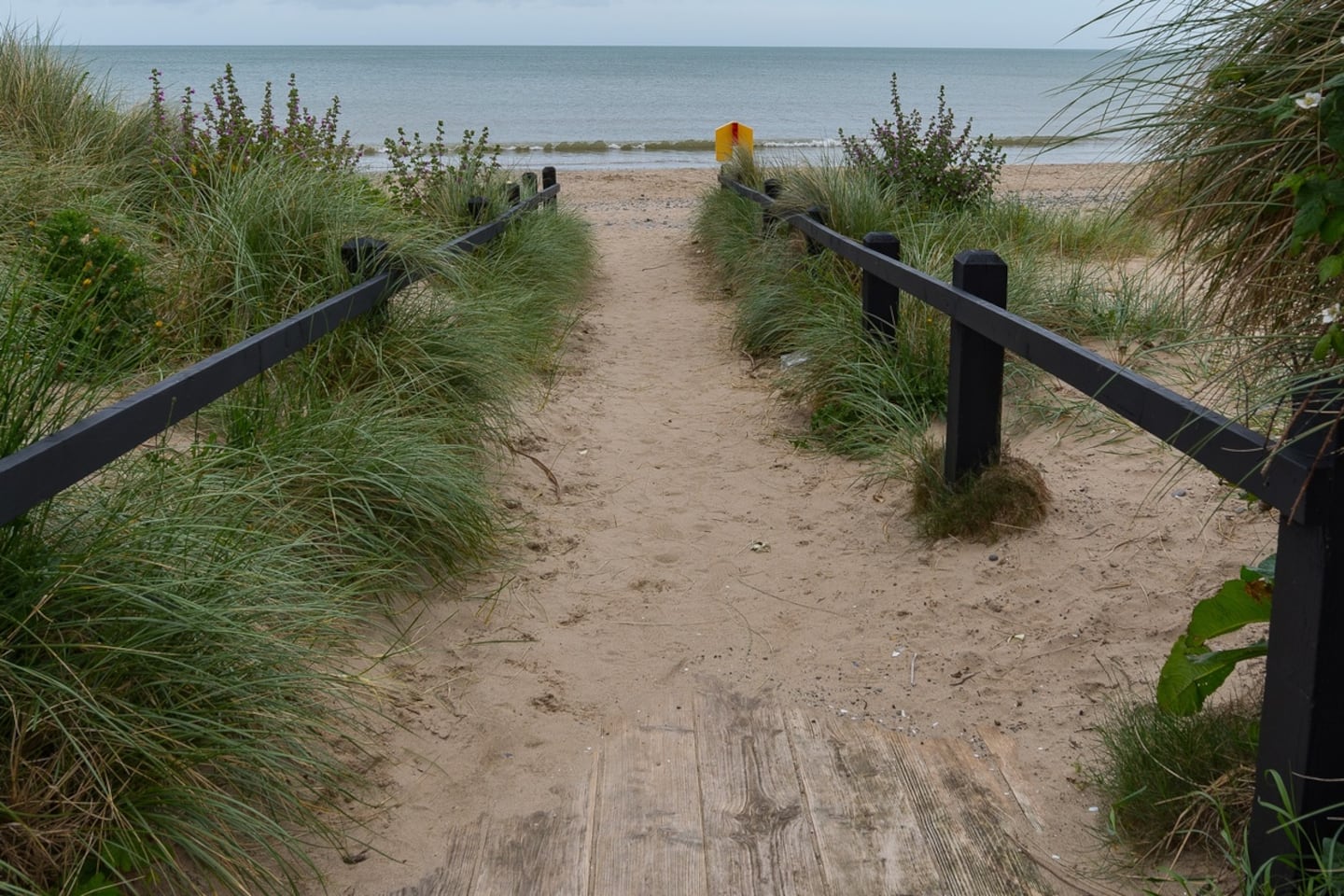The price of electricity In Ireland has been the focus of much attention, particularly since the invasion of Ukraine by Russia. That event spooked the global energy markets and electricity customers are still feeling the after-effects in their bills.
As we move into winter and electricity consumption increases, anxieties about what electricity bills will look like in the coming months are naturally also increasing. The driver of this anxiety is the fear of the unknown, the volatility of prices generally and of energy in particular.
Calls for electricity suppliers to reduce their prices are growing more frequent and will, no doubt, intensify in the coming weeks and months.
Through the European energy market, Ireland is committed to a competitive retail electricity market which, until recently, has yielded an extended period of sustained low electricity prices to the benefit of society and the economy.
READ MORE
Electrification remains the best opportunity to lower total energy bills for households
The root cause of the more recent volatility is Ireland’s dependence on fossil fuel for electricity generation (48 per cent) and the exposure this has involved to increasingly unstable gas prices and geopolitical sources of fossil fuel. The sooner that Ireland can wean itself off carbon and be the master of its own energy destiny, the better it will be for customers.
Unlike other products you buy (groceries, petrol, hardware) where the price can vary every time you purchase them, electricity is sold on credit, with payment due two months after consumption. To do this, electricity retailers must buy in advance (“hedge”) and thereby manage the risk of volatility on international energy markets.
Retailers have been able to keep electricity prices significantly below the market price through the worst of the volatility last year, and as they smoothed the high prices they are now smoothing the lower market prices, again reducing volatility.
This isn’t an easy task. The Irish market has seen three electricity retailers exit in the last 18 months, while other larger retailers have posted significant losses or passed on any profits to their customers directly. Despite this, in a competitive market, retailers will always be incentivised to offer the best prices for customer retention and enrolment.
But there is another side to this discussion. While commentary has been largely focused on price, there has been little debate on the value of electricity.
Electrification remains the best opportunity to lower total energy bills for households due to significant efficiency gains over car engines and oil boilers. It also allows consumers take advantage of cheap night-time electricity to power electric vehicles or batteries for use during the day.
To unlock this value for Irish society, significant investment is needed in energy efficiency, heat pump installation, distributed generation and the provision of power grids to transport more electricity to our homes and businesses.
The committee must press ahead to provide an investment framework for the large capital expenditure investment needed
Measures such as tax incentives (0 per cent VAT for retrofits), grant adjustments or social protection measures, should be implemented to ensure that the societal benefit of electricity is equalised across society to avoid unfair burdens on the most vulnerable..
Electricity will also be the workhorse that Irish society will use to decarbonise. Dramatically Increasing the pace of swapping fossil fuel usage for electrical plugs and services in buildings, transport and industry offers the most cost-effective solution to achieving net zero when coupled with energy efficiency and microgeneration.
The Irish electricity generation sector has reduced its emissions by 60 per cent since 2010 and now has a target to reduce emissions by a further 75 per cent, the steepest decline of all sectors. The Climate Action Plan recognises that this stretch target will need to be complemented by renewable gas-fired backup generation.
However, the intensity and urgency of the measures implemented to date have not been sufficient to ensure delivery of Ireland’s 2030 commitments and this lack of progress will result in the adoption of more robust, costly and higher risk measures in the future.
The all-island Single Electricity Market Committee, which oversees the Irish electricity market, has not provided the necessary investment signals for new low carbon backup generation to materialise in the next five years.
We must transition away from the current approach of procuring new additional unabated gas generation at scale as soon as practicable. At present, generation capacity is contracted to 2038 on the basis of unabated gas technologies. In short, the committee must now provide a strong carbon signal that will help achieve 2030 and 2045 targets.
While we await the publication of the Government’s energy security package promised last spring, the committee must press ahead to provide an investment framework for the large capital expenditure investment needed for existing backup generators to provide security of supply, decarbonise and bring on stream the essential zero carbon plants of the future.
The sector is up for this challenge, but it will need a lot of help from individuals, companies, regulators and the Government to achieve this target.
Dara Lynott is chief executive of the Electricity Association of Ireland, the representative body for the electricity industry and gas retail sector operating within the Single Electricity Market in Ireland.













